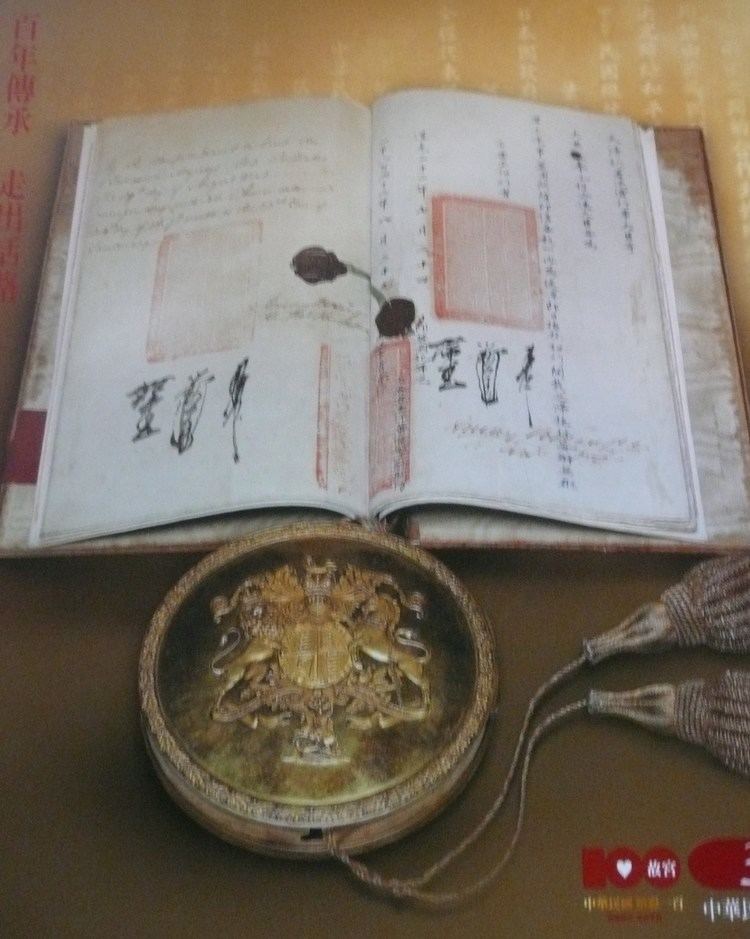Traditional Chinese 天津條約 Hanyu Pinyin | Simplified Chinese 天津条约 Romanization Tien zin Tiauyok | |
 | ||
Balkh treaty of tientsin
The Treaty of Tientsin, now also known as the Treaty of Tianjin, is a collective name for several documents signed at Tianjin (then romanized as Tientsin) in June 1858. They ended the first phase of the Second Opium War, which had begun in 1856. The Qing, Russian, and Second French Empires, the United Kingdom, and the United States were the parties involved. These unequal treaties opened more Chinese ports to foreign trade, permitted foreign legations in the Chinese capital Beijing, allowed Christian missionary activity, and legalized the import of opium.
Contents
They were ratified by the Emperor of China in the Convention of Peking in 1860, after the end of the war.

Dates
The Xianfeng Emperor authorized negotiations for the treaty on May 29, 1858. The treaty with the British was signed less than a month later on June 25.
Major points
- Great Britain, France, Russia, and the United States would have the right to station legations in Beijing (Peking, a closed city at the time).
- Eleven more Chinese ports would be opened for foreign trade, including Newchwang, Tamsui (Taiwan), Hankou and Nanjing.
- The right of foreign vessels including warships to navigate freely on the Yangtze River.
- The right of foreigners to travel in the internal regions of China for the purpose of travel, trade or missionary activities.
- Religious liberty to all Christians in China.
- China was to pay an indemnity of 6 million taels of silver: 2 for France, 2 for Britain military expenses and 2 for compensating British merchants.
- Official letters and other documents exchanged between China and Britain are to be banned from referring to British Officials and Subjects of the Crown by the character "夷" (yí), meaning "barbarian".
Definitions

The Treaties of Tientsin uses several words that have somewhat ambiguous meanings. For example, the words “settlement” and “concession” can often be confused. The term “settlement” refers to a parcel of land leased to a foreign power and is composed of both foreign and national peoples; locally elected foreigners govern them. The term “concession” refers to a long-term lease of land to a foreign power where the foreign nation has complete control of the land; it is governed by consular representation.
American involvement

Following the pattern set by the great powers of Europe, the United States took on a protectionist stance, built up its navy, and tried to create a mercantile empire. The United States was one of the leading signing “treaty powers” in China, forcing open a total of 23 foreign concessions from the Chinese government. While it is often noted that the United States did not control any settlements in China, it shared British land grants and was actually invited to take land in Shanghai but refused because the land was thought to be disadvantageous.
